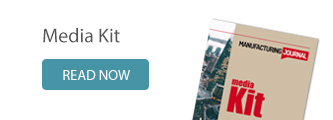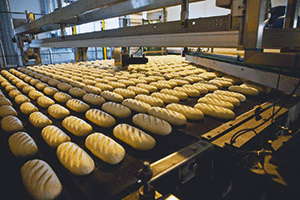As digital transformation progresses, the trend toward robotics is picking up speed. However, the time and costs involved in programming the various robot models makes many companies think twice about using automated multi- axis motion robots. acp systems AG is an expert when it comes to demanding automation tasks. Using the innovative software from ArtiMinds RPS, the motion paths of any robot model from any manufacturer can now be programmed intuitively. Not only does this make robot-based automation much simpler, faster and more efficient, it also allows applications to be realized that were previously impossible.
Whether it’s complex cleaning operations with the dry quattroClean snow-jet technology, the application of flexible foils and substrates to curved surfaces, or the high-precision grinding and polishing of free-form surfaces - these are just a few of the typical tasks that robots are capable of performing efficiently, reliably and reproducibly. Despite this, manufacturing companies with low to mid-sized product volumes, an extensive or frequently changing range of parts, or which process complex components, are often particularly reluctant to implement robots. The reason for this is not the hardware - a wide variety of robots are now available at comparatively low cost. The stumbling block is planning, compiling and maintaining the robot programs. Up till now, this involved a great deal of effort as well as manufacturer-dependent programming specialists, which also cost a lot of money. Programming complex motion sequences for sensor- based applications is a particular challenge.
Fast and efficient programming with innovative tool acp systems AG, which specializes in complex automation tasks, such as those encountered in industrial parts cleaning and surface treatment as well as microdosing and the development of intelligent handling solutions, has overcome these hurdles with the innovative software solution from ArtiMinds Robotics. The ArtiMinds Robot Programming Suite (RPS) makes it possible to intuitively program robots from many different and well-known manufacturers, including the compatible peripheral hardware such as grippers, cameras and force-torque sensors, without you having to write a single line of code yourself. To this end, offline and online programming are seamlessly combined, enabling programs to be efficiently generated and consistently planned, programmed and put into operation.
Solve complex automation tasks easily
The following example illustrates the resulting advantages. During the automated quattroClean process to clean strongly-structured components with free-form surfaces, undercuts, and integrated pipes, the robot must be capable of precisely traversing complex path curves and geometries. Using conventional techniques to program and align these motion sequences is extremely difficult and time-consuming and requires a great deal of expert knowledge.
In contrast, CAD parts data can be easily imported into the 3D simulation environment and offline programming with the ArtiMinds RPS software tool, which then generates the necessary motion paths automatically. The sequence of the various processes, i.e. the movements and work steps that the robot has to perform during cleaning, is generated by dragging and dropping pre- programmed function modules. The robot’s teach-in mode can then be used to align the sequence to the part and thus test the program. In the last step, the generated program is automatically translated into the robot’s target language. Supplemented by process- and task-specific parameters, such as jet time, pressure and volume flows for carbon dioxide and compressed air, as well as the number of jet nozzles, the application can be effectively automated with robots in a comparatively short time.
When applying foils and substrates, including touch foils and flexible PCB’s to curved surfaces, it is essential to avoid air pockets or particulate contamination. In addition, the robot has to peel off the protective layer without damaging the foil underneath. To ensure this, the robot has a gripper modeled on the human hand that holds the foil as a roll and applies it to the surface without entrapping any air. This task is also one of the applications that places high demands on robot programming when it comes to automation. Up till now, numerous costly programming hours, extensive test runs, and adjustments were required to precisely adapt the motion path to the respective free-form surface. The fact that CAD data for path generation and sensory components can be integrated promises to significantly simplify and shorten robot programming for these applications as well. In addition, any necessary changes can be made quickly and efficiently in-house.
www.acp-systems.com, www.artiminds.com
























